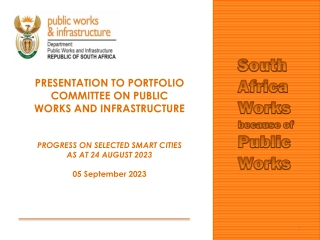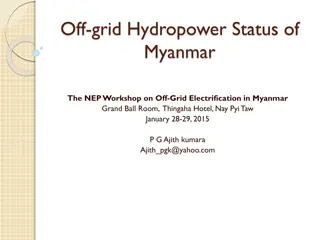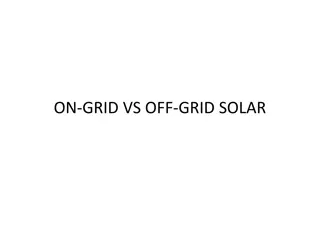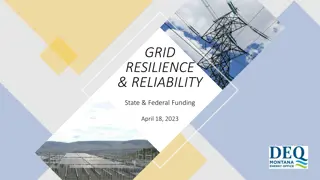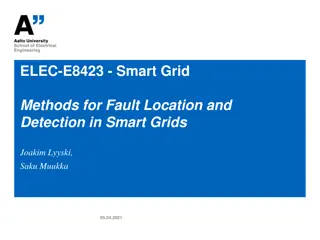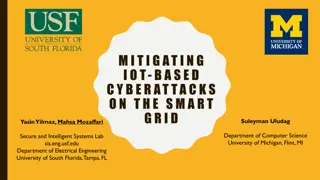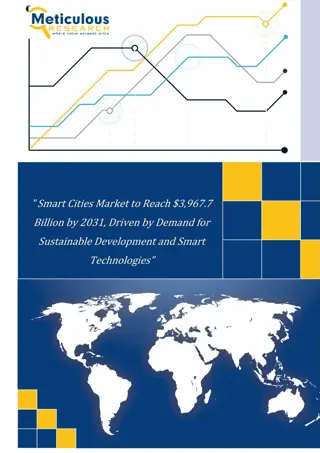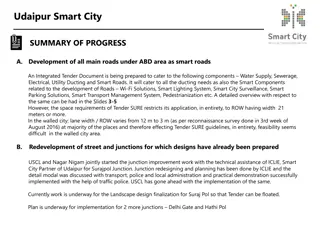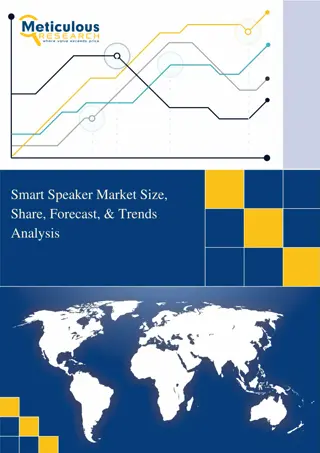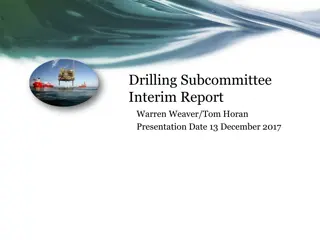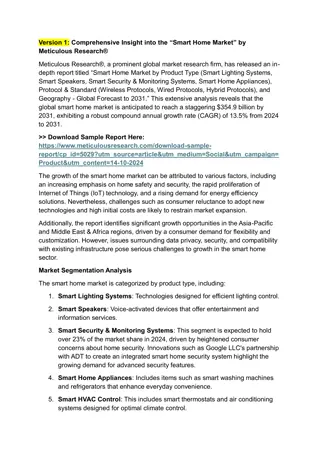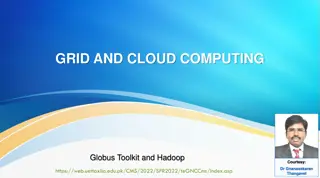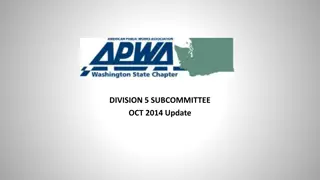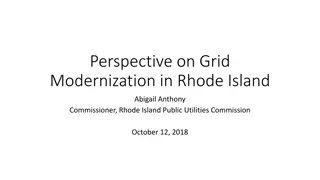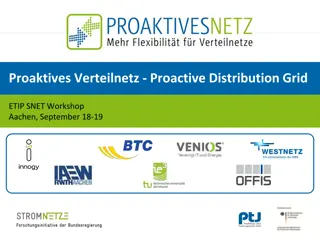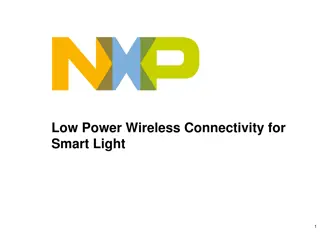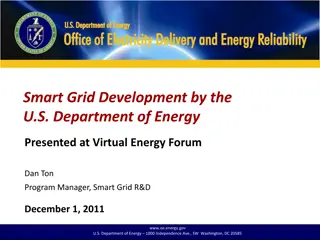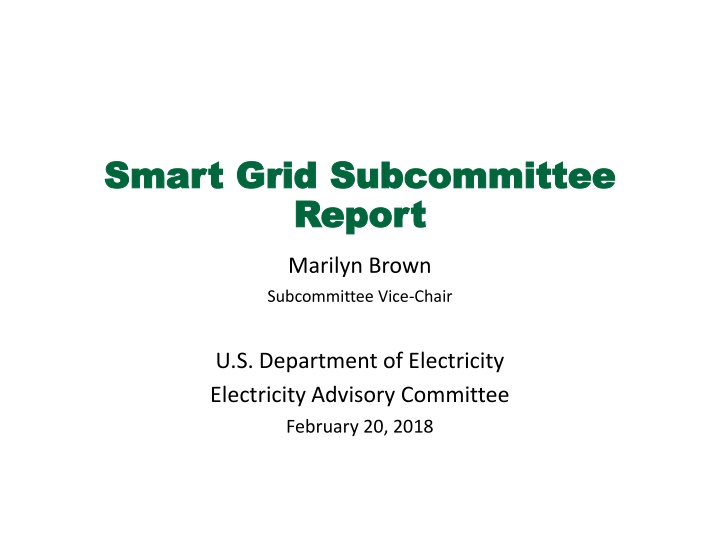
Smart Grid Subcommittee Report Overview and Work Summary
The Smart Grid Subcommittee report presents an overview of its statutory basis, work products, and key presentations by industry experts. It covers topics such as integration of electric vehicles, resiliency, reliability, infrastructure investment, and open-source platforms for smart charging. The subcommittee focuses on advancing smart grid technologies, promoting interoperability, and maximizing federal incentives for progress in the energy sector. Key projects include the integration of DER for resiliency and the development of white papers on EV integration.
Download Presentation

Please find below an Image/Link to download the presentation.
The content on the website is provided AS IS for your information and personal use only. It may not be sold, licensed, or shared on other websites without obtaining consent from the author. If you encounter any issues during the download, it is possible that the publisher has removed the file from their server.
You are allowed to download the files provided on this website for personal or commercial use, subject to the condition that they are used lawfully. All files are the property of their respective owners.
The content on the website is provided AS IS for your information and personal use only. It may not be sold, licensed, or shared on other websites without obtaining consent from the author.
E N D
Presentation Transcript
Smart Grid Subcommittee Smart Grid Subcommittee Report Report Marilyn Brown Subcommittee Vice-Chair U.S. Department of Electricity Electricity Advisory Committee February 20, 2018
Subcommittee Overview Subcommittee Overview Statutory basis: The Energy Independence & Security Act of 2007 1303 advised DOE to establish a smart grid advisory committee covering: the development of smart grid technologies, the progress of a national transition to the use of smart-grid technologies and services, the evolution of widely-accepted technical and practical standards and protocols to allow interoperability and inter-communication among smart- grid capable devices, and the optimum means of using Federal incentive authority to encourage such progress. 2
Four Work Product Proposals in Oct. Four Work Product Proposals in Oct. 2017 were Consolidated into Two 2017 were Consolidated into Two 1. Integration of Electric Vehicles into the Smart Grid + Business Models for Non-Utility Participants 2. Resiliency and Reliability + Infrastructure Investment in the Grid
Subcommittee Work Subcommittee Work Presentation by Tom Weaver (AEP) on Applying DER for Resiliency on Distribution Circuits on 11/16/17 The Balls Gap project: 2 MW NAS Battery Constructed in 2008 and placed in service in January, 2009 Peak Shaving Reduced load on the Milton 2, 138-34.5 KV transformer Islanding Ability to separate from the Milton and serve up to 800 customers for 6 hours Battery output in PJM market 1 MW 0 -1 MW 14:30 15:00 15:30 4
Subcommittee Work Subcommittee Work Presentation by Timothy Lipman (UC-Berkeley) on Open Source Platform for Plug-in EV Smart Charging in California on 1/18/18 Develop open-source software code to interface with EV chargers for load control Develop algorithms for congestion relief and voltage regulation through smart charging Decentralized and Open- Source Architecture Platform 5
Subcommittee Work: Foundations for Subcommittee Work: Foundations for White Paper on EV Integration* White Paper on EV Integration* Mode of EV Integration Defines Resiliency Impacts & Services Vehicle to grid (V2G) Grid to vehicle (G2V) Vehicle to building (V2B) Demand Charge Reduction Capacity firming Demand Response Voltage Control Valley Filling Reserves Negative Demand Response Negative Demand Response Reserves Coordinated Charging Emergency Back-up Frequency Regulation *Support for this research was provided by Georgia Tech s Energy Policy and Innovation Center and Brook Byers Institute for Sustainable Systems: https://cepl.gatech.edu/projects/sgp/GIV.
Types of Barriers and Challenges to Types of Barriers and Challenges to Grid Grid- -Integrated Vehicles Integrated Vehicles Socioeconomic/ Financial factors Policy/Regulatory Factors Tariff or rate design policies Technological Factors Transaction costs with EV owners Warranties provided by EV manufacturers Payments to charging station owners for ancillary services Unclear conformance with cost-recovery utility financing Range anxiety Degradation of batteries Valuing ancillary services in a vertically integrated market Surge in demand with DC fast charging Open source architecture platform DC compatibility with bidirectional flows Creating resiliency service products in wholesale markets Latency following signal inputs from aggregators Access to charging infrastructure Certification of charging infrastructure
Business Models for Business Models for Grid Grid- -Integrated Vehicles Integrated Vehicles Interaction with Utilities Battery Management Asset Ownership Mobility Services Leasing cars to customers Contracting with fleet owners Contracting with ride share services Contracting with car rental services Providing subscription services for recharging Battery Swapping Aggregator Coverage Manufacturer warranty Fleet owner warranty Owning vehicles Owning charging equipment Leasing the vehicles and charging equipment Managing and coordinating charging Contracts with utilities for retail services Contracts with grid operators Resiliency services marketed as ancillary products in wholesale markets
Timeline and Next Steps Timeline and Next Steps 1. A Google survey has been drafted and field-tested; finalize it and initiate the survey of EAC members 2. EERE speaker at March subcommittee phone call 3. Analyze survey results and discuss them during April call 4. Complete white paper for review at July 2018 EAC meeting For more information: Dr. Marilyn A. Brown Regents Professor of Sustainable Systems Georgia Institute of Technology Email: mbrown9@gatech.edu Phone: 404-385-0303 (O) 404-275-0482 (C) http://marilynbrown.gatech.edu/

